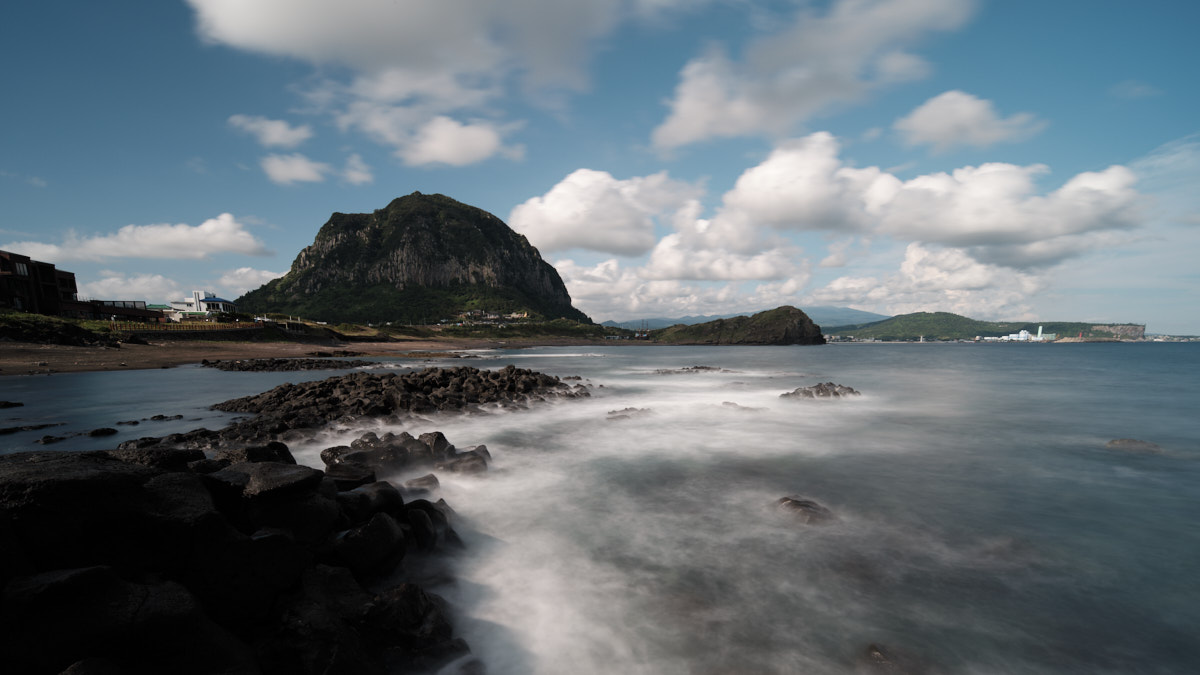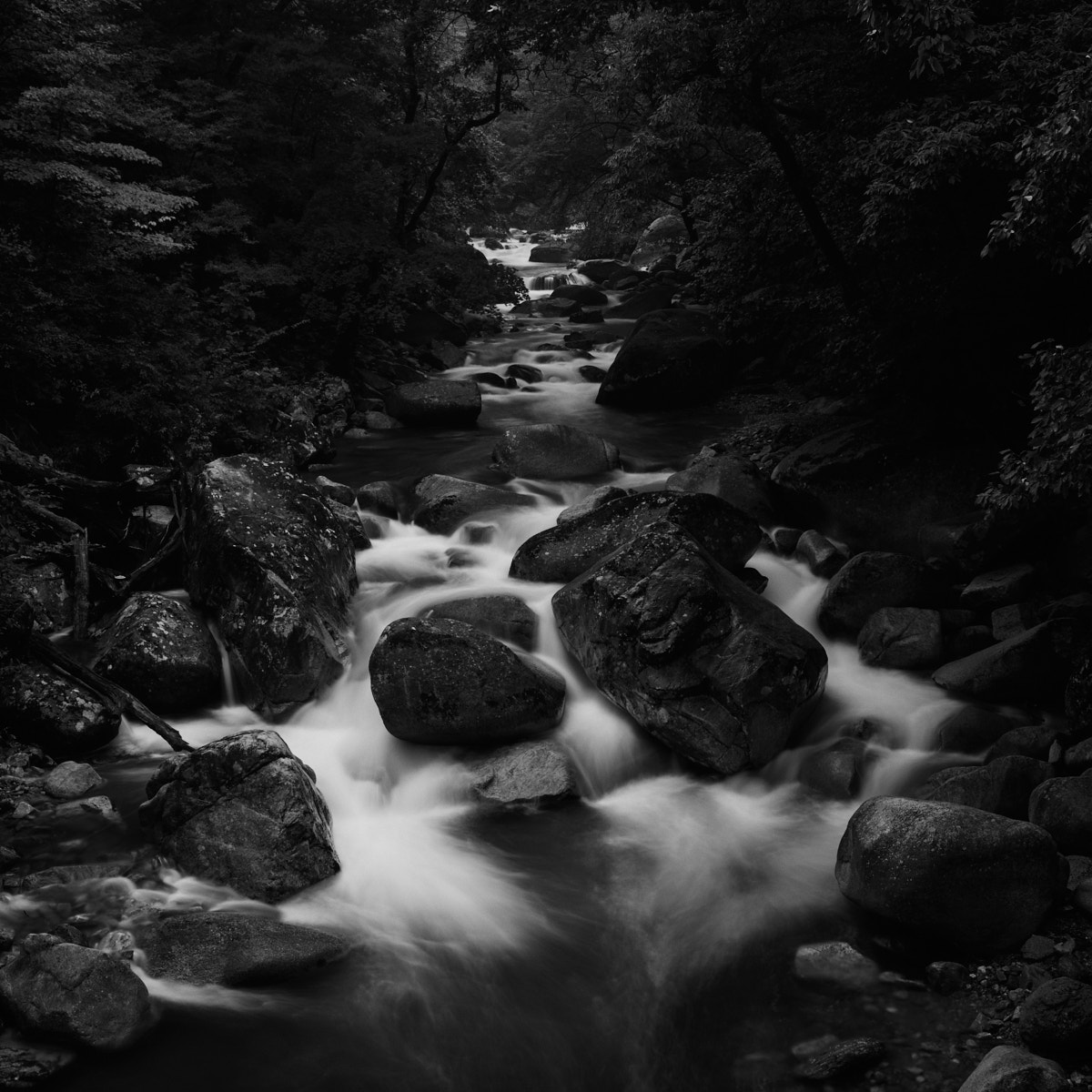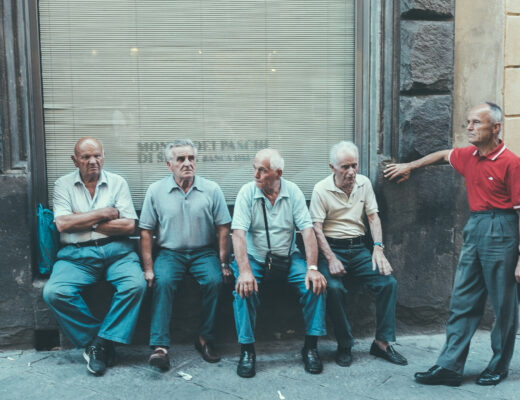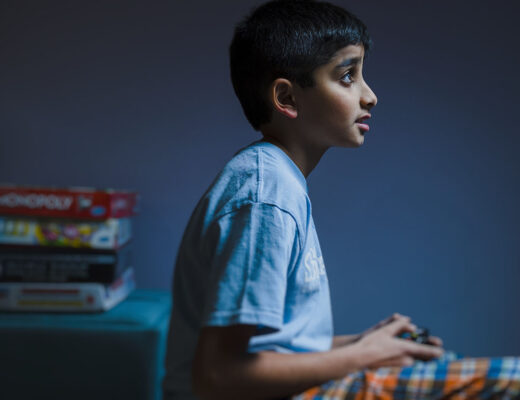Long exposure photography allows us to capture images that bring out detail in dark situations or even create photographs of certain scenes that do not represent what the human eye sees. The light trails caused by moving traffic at night or silky-smooth water where our eyes perceive waves in the ocean are just two examples of this. This type of photography can be really enjoyable and our Fujifilm cameras are extremely capable when it comes to creating long exposure photographs.
In this article, we will go through “how” rather than a “why”. “Why” is a big topic that I covered in a recent Gear Talk article and applies to all camera makes and models. However, since Fujifilm, as we know, has a slightly quirky way (when compared to the “norm”) of accessing certain features, we’ll discuss those in-depth here.
Selecting Long Shutter Speeds
While most digital camera manufacturers have opted for a front and back dial to control exposure settings, Fujifilm’s bodies (for the most part) hark back to film-camera design and can be a little confusing for some when they first pick them up. As someone who started their photography with a Nikon FM, I feel right at home, but I can certainly understand why this might feel a little daunting to first-time users.
Shutter speeds are accessed through the shutter speed dial on the top of the camera (with the recently released X-S10 being a notable exception to this design). While this dial has everything up to 1 second marked on it, users of modern digital cameras might not recognise the B and T modes marked next to these. B stands for Bulb and is a mode that allows you to press and hold the shutter button and keep the shutter open for as long as you like. This can be useful at times but, by far, the more commonly used mode is T, which stands for Time.
By switching the shutter dial to T mode, we gain access to programmable shutter speeds beyond 1 second. Depending on the camera model, this might be anything up to 30 seconds for something like the X100F, or 15 minutes for the X-T4, and even 1 hour for the GFX cameras. These modes are extremely useful when we’re doing night photography at low ISO values or long exposures using ND filters.
Once T mode is selected, we can then use the rear dial on the camera to set the desired shutter speed. If you prefer this method of setting your shutter speed over the top dial, you can always leave the camera in T mode and manually select all available shutter speeds using the rear dial at all times. Fujifilm offers a lot of customisation in this respect.
Long Exposure Noise Reduction
LENR is a setting that tells the camera to make two exposures each time we press the shutter (provided the exposure time is over a preset value). The first exposure is made with the shutter open and creates the image we see in front of us. The second exposure is made with the shutter curtains closed and provides the camera with a real-time noise image to subtract from our original capture in order to reduce visible noise. While this might sound like a good idea in theory, most of the time, it simply slows us down and noise reduction can be done in your software of choice.
Consider yourself making an exposure of 1-minute just after sunset. This will become a 2-minute exposure as the camera needs to do it twice. So, you’ll be twiddling your thumbs while the beautiful sunset light disappears before your eyes. Generally speaking, this setting should be turned off and left off. We can do a more finessed job of this in post-production if necessary.
Image Stabilisation
For all the hype that lens (OIS) and sensor (IBIS) stablisation gets, there are an awful lot of times when we just need it turned off. One of those times is with long exposures. When it comes to this type of photography, we’re usually employing some sort of external stabilisation, like a tripod. At these times, it is best to turn off image stablisation in the lens and camera.
While the camera is on a stable platform, such as a tripod, there is a high chance that stabilisation mechanisms like OIS and IBIS will attempt to correct for motion that isn’t there. This will result in anomalies like double images or softness being recorded. Before you make a long exposure, it always pays to jump into the menu and turn off stablisation (SHOOTING SETTING → IS MODE → OFF) or, in the case of lens stabilasation, flick the OIS switch on the lens to OFF.
Back Button Focus
When it comes to using extremely dark ND filters, the camera may misfocus or completely fail to focus depending on the scene in front of us. Thus, it is usually beneficial to focus and lock that focus before attaching dark filters. With Fujifilm cameras, this is easily done by flicking your camera into manual focus.
Your confusion is audible! When in manual focus, Fujifilm cameras still allow you to use “back button focus” to engage the autofocus system but have that function decoupled from the shutter button (if you’ve already decoupled these permanently, disregard switching the camera into manual focus). On the top right of the back of the camera, there is either a button labeled AF-L or AF-ON. By pressing this, we can manually engage the autofocus system.
The benefit of this is that the camera focuses most accurately when unobstructed. You can focus the image perfectly and attach the ND filter afterwards. This way, the camera will not struggle through the ND filter and potentially misfocus the image.
Time to Make Images
Once all thee settings have been taken care of, it’s time to get creative and make photographs. This is where the fun really begins. All sorts of moving objects can be blurred to different effects and scenes often invisible to the human eye can be revealed from darkness. Now that you understand the relevant settings for your Fujifilm camera, head out and enjoy making photographs.























